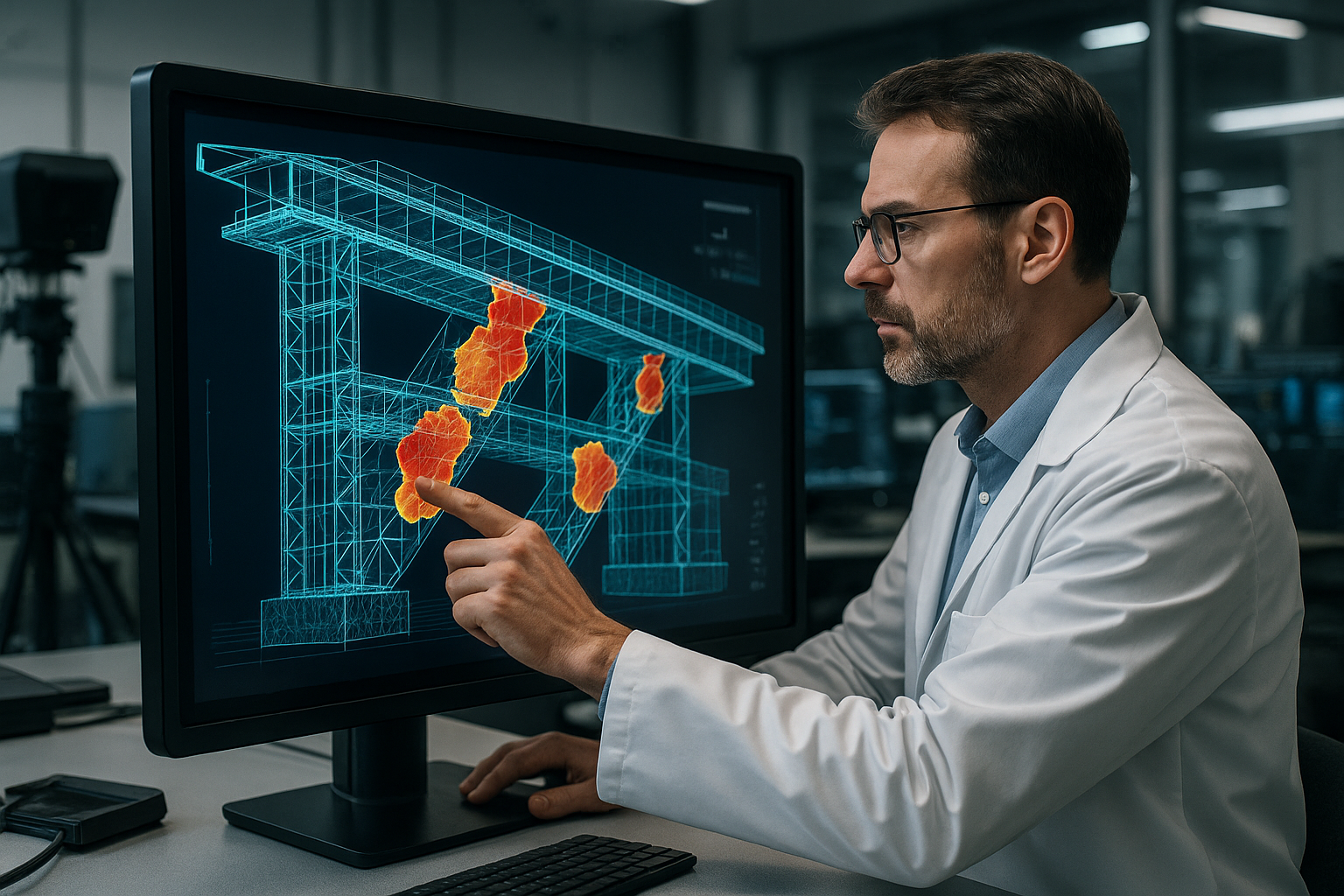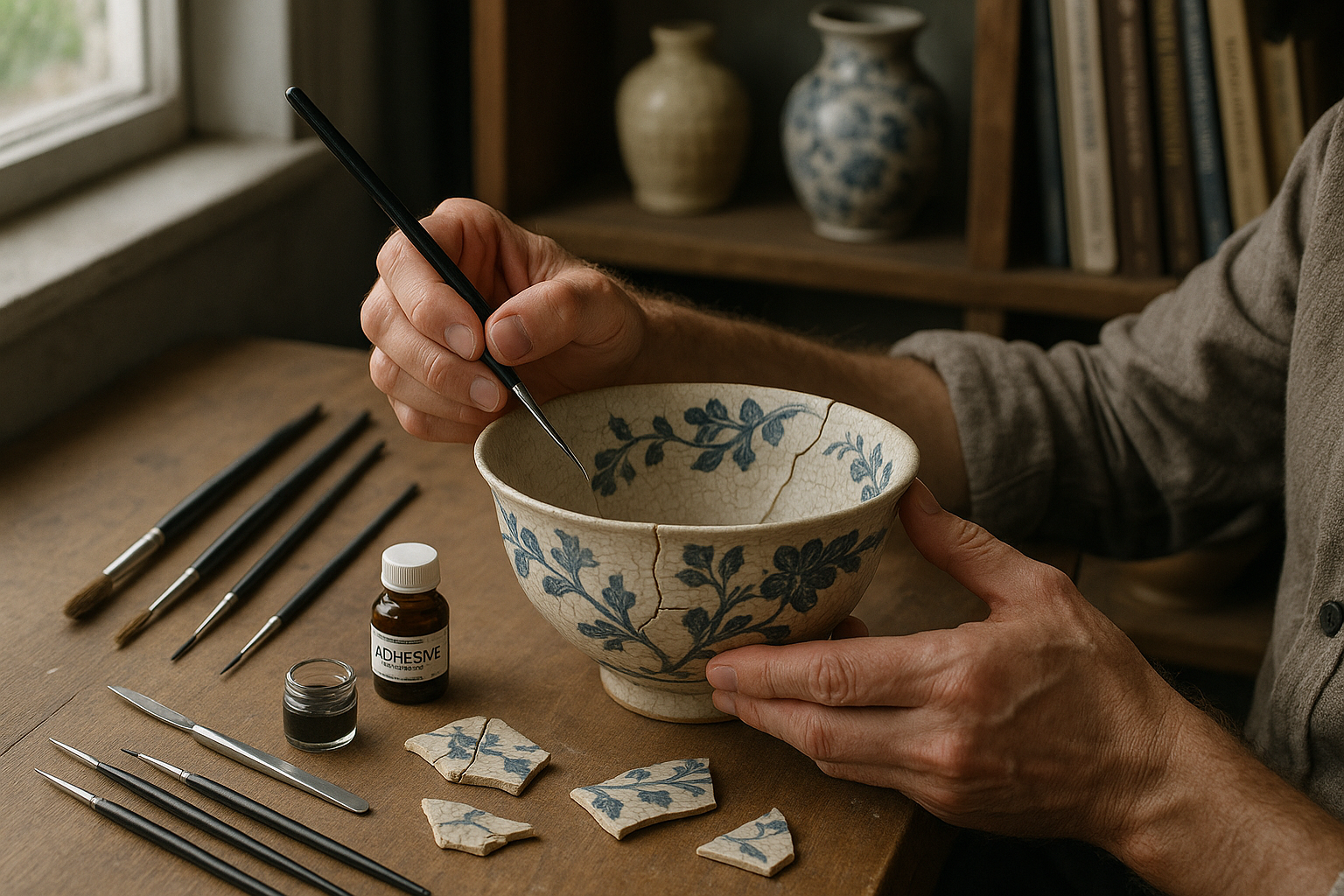In a world where precision is paramount, the ability to accurately map damage can be a game-changer. Whether it’s in construction, disaster response, or urban planning, mastering damage mapping methods can elevate your projects to a new level of accuracy and efficiency. This article delves into the fascinating realm of damage mapping, revealing how you can harness its power to achieve unparalleled results. 🔍
Imagine the chaos of a natural disaster. Buildings reduced to rubble, roads rendered impassable, and entire communities in turmoil. In these situations, quick and precise damage assessment is crucial for effective response and recovery. This is where advanced damage mapping techniques come into play. By using state-of-the-art technology and methods, responders can evaluate the extent of damage swiftly, prioritizing resources and efforts where they are needed most. But how exactly does this work?
At its core, damage mapping involves the identification and analysis of areas affected by various forms of damage, whether from natural disasters, human activities, or other sources. It’s a process that combines technology, expertise, and strategy to produce detailed maps that highlight affected zones with pinpoint accuracy. From satellite imagery to drone surveys, the tools available for damage mapping are as varied as they are sophisticated. But the real magic happens when these tools are used effectively in concert, painting a comprehensive picture of the affected areas.
As we explore the intricacies of damage mapping, we’ll uncover the technologies that are transforming this field. Satellite imagery provides a bird’s-eye view, offering an expansive perspective that is invaluable in large-scale assessments. Drones, on the other hand, bring us closer to the ground, delivering high-resolution images that capture even the minutest details. Combined with advanced software and AI, these technologies enable us to create maps that are not only accurate but also incredibly detailed and informative.
In this journey towards mastering damage mapping methods, we will also discuss the importance of data accuracy and integrity. After all, a map is only as good as the data it is built on. Inaccurate data can lead to flawed assessments, misallocation of resources, and ineffective recovery efforts. Ensuring data accuracy involves a blend of reliable sources, precise measurement tools, and rigorous verification processes. It’s a meticulous endeavor, but one that is absolutely necessary for successful damage mapping.
Moreover, we’ll look into the role of machine learning and artificial intelligence in refining these methods. AI algorithms can analyze vast amounts of data quickly, identifying patterns and anomalies that might be missed by the human eye. These insights are invaluable, especially in situations where time is of the essence. As technology continues to advance, AI’s role in damage mapping is only set to grow, making it an indispensable tool in the arsenal of those who seek to master this field.
The benefits of mastering damage mapping are not limited to emergency situations. In urban planning, for example, understanding the impact of construction activities on the surrounding environment can help in creating sustainable and resilient cities. Similarly, in the context of insurance, accurate damage maps can facilitate quicker claims processing and more efficient risk assessment. The applications are vast, and the potential for innovation is boundless.
As we dive deeper into this topic, we will also explore the challenges that come with it. From technical limitations to ethical considerations, there are numerous factors that must be navigated carefully. Balancing the need for detailed information with privacy concerns is a delicate act, as is ensuring that the technology is accessible and usable for all stakeholders involved.
By the end of this article, you will have a comprehensive understanding of damage mapping methods and their transformative potential. You’ll be equipped with the knowledge to implement these techniques in your own field, enhancing accuracy and efficiency in your projects. So, whether you’re a seasoned professional or a curious newcomer, get ready to unleash the power of precision and revolutionize the way you approach damage mapping. 🚀

Conclusion
As we conclude our exploration of damage mapping precision, it’s clear that mastering this discipline requires a perfect blend of technology, analytics, and real-world understanding. From satellite imagery and drone surveys to AI-powered modeling, precision mapping enables engineers, scientists, and emergency responders to assess structural or environmental damage with unmatched accuracy.
The true mastery of damage mapping lies in translating data into actionable insight. 🌍💡 By integrating geospatial intelligence, sensor networks, and predictive algorithms, professionals can identify vulnerabilities, plan restorations, and mitigate future risks more effectively. Ultimately, mastering damage mapping precision is more than technical expertise — it’s a commitment to resilience, safety, and the advancement of smarter, data-driven decision-making for a sustainable future.




